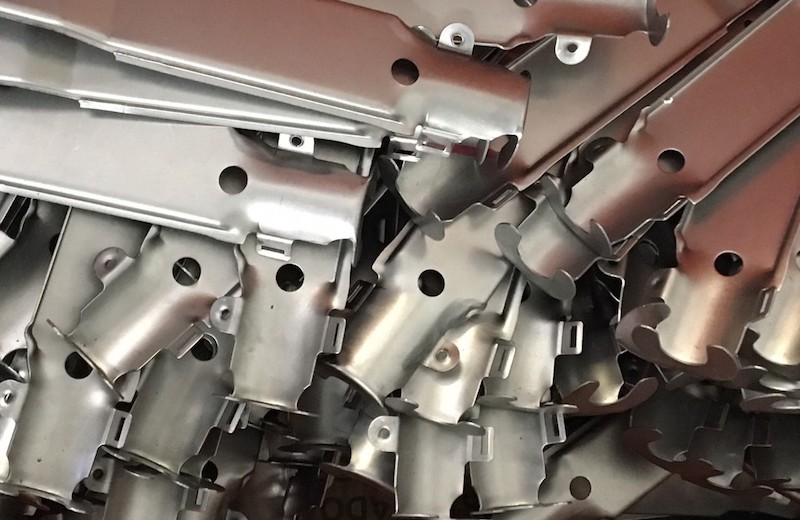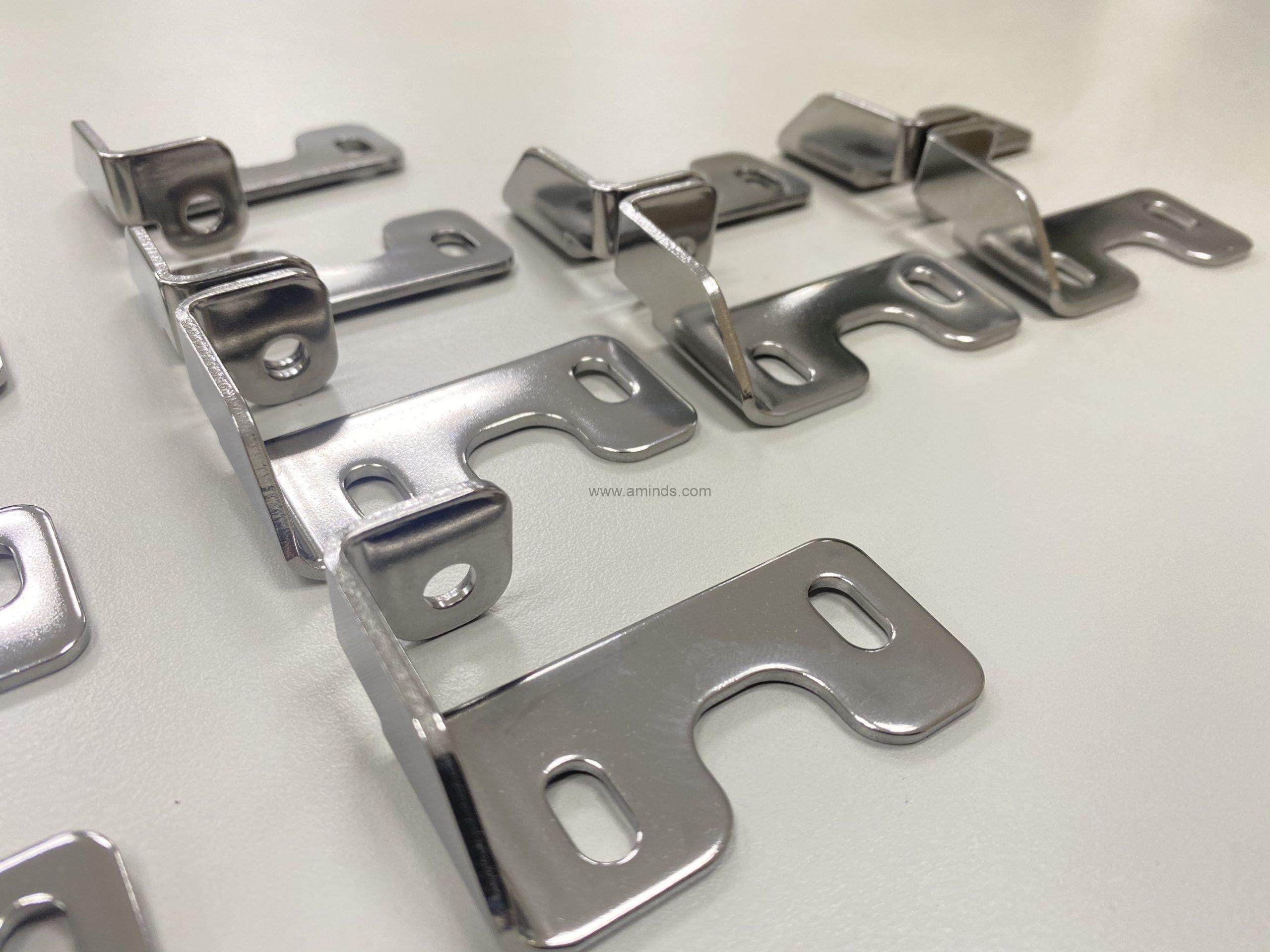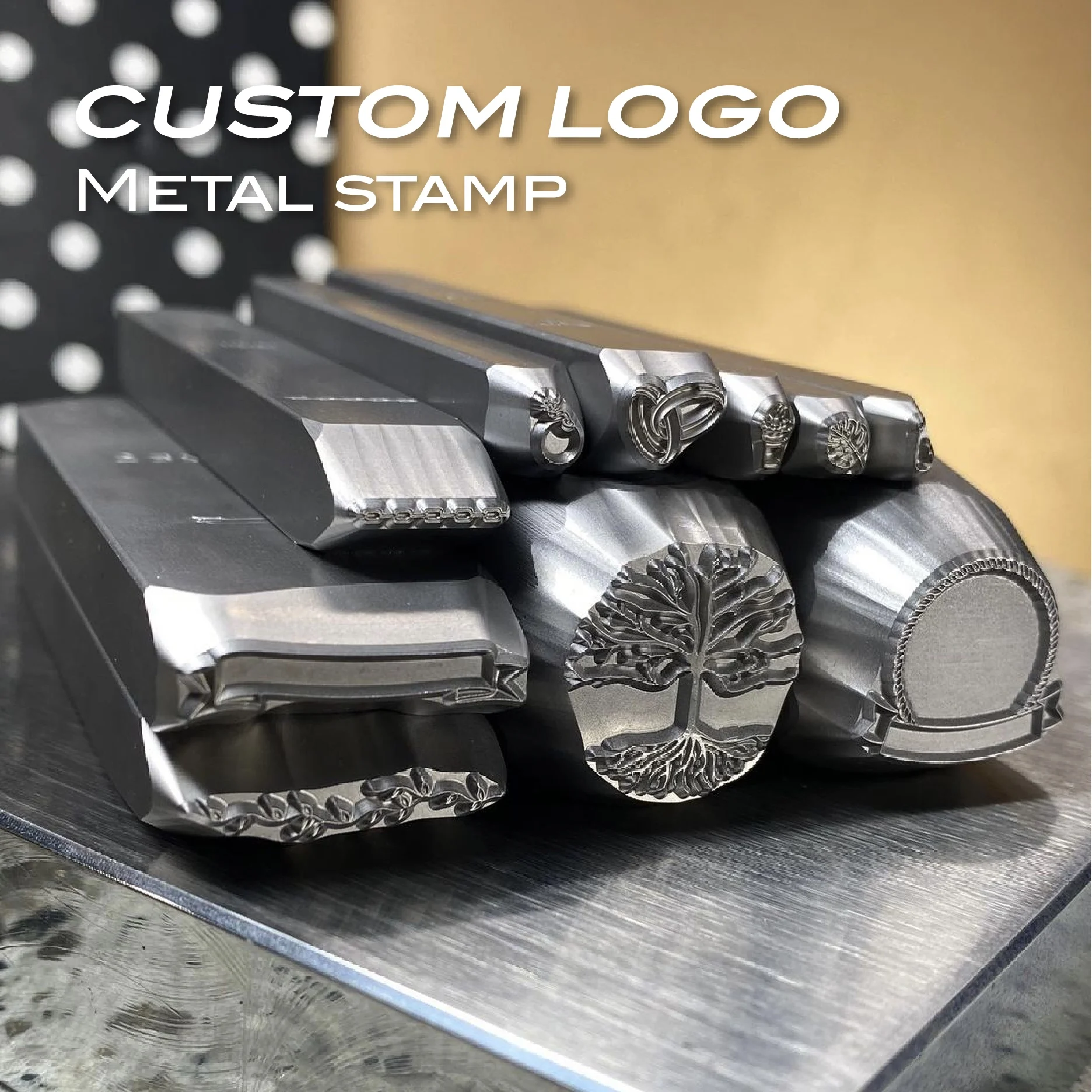Steel Stamping Technologies: Elevating Manufacturing Processes for Superior Results
In the world of manufacturing procedures, metal stamping has long been a keystone strategy for generating an array of precision parts. With the relentless march of technical advancement, the landscape of steel stamping is undertaking a significant transformation.
Evolution of Steel Marking Techniques

Additionally, improvements in product science have caused the advancement of high-strength alloys that can currently be perfectly marked right into detailed shapes, satisfying a more comprehensive variety of industrial applications. The integration of robotics and expert system has actually better optimized the stamping process by enhancing speed and precision while reducing the risk of human error.

Effect of Advanced Products
Have innovative materials changed metal marking procedures substantially in the manufacturing sector? By utilizing products such as high-strength alloys, advanced compounds, and innovative layers, metal marking procedures can now produce parts that are lighter, more powerful, and a lot more resilient than ever before.
These sophisticated products provide premium mechanical residential or commercial properties, deterioration resistance, and thermal stability, permitting makers to fulfill the needs of modern industries such as aerospace, automobile, and electronics. Furthermore, the use of sophisticated materials in steel stamping has helped with the manufacturing of complex geometries and elaborate styles that were formerly unattainable with traditional methods.
In addition, the application of advanced materials has brought about reduced product waste, lower manufacturing prices, and shorter preparations, making steel marking processes extra lasting and cost-effective. As innovation remains to advancement, the influence of sophisticated products on steel marking procedures is expected to drive more innovation and improve the competition of producers in the worldwide market.
Automation in Metal Stamping
The development of metal marking procedures driven by the combination of advanced materials has actually established the stage for substantial developments in automation within the manufacturing market. Automation in steel stamping has transformed manufacturing procedures, enhancing performance, accuracy, and overall result high quality. Through the utilization of robotics, sensors, and computer-controlled systems, tasks that were taxing and when hands-on can now be carried out with unequaled speed and accuracy.
Automation in metal marking not only increases manufacturing prices however also makes certain uniformity in the manufacturing process. By decreasing human intervention, the risk of errors is substantially reduced, causing higher levels of product uniformity and weblink reliability. Additionally, automation enables makers to embark on complex marking tasks that would be challenging or unwise to attain by hand.
Moreover, automation in metal marking contributes to a more secure working setting by lowering the demand for staff members to take part in repeated or unsafe tasks - Metal Stamping. This shift towards automation not only enhances have a peek at these guys efficiency yet also leads the way for the future of manufacturing, where technology plays a central duty in driving functional quality
Quality Assurance and Evaluation Solutions
With a concentrate on precision and reliability, quality assurance and inspection systems play an important duty in making sure item excellence in steel marking procedures. These systems are designed to keep an eye on every stage of production, from product assessment to the end product, to ensure that all elements meet the required criteria. By executing innovative innovations such as optical assessment systems, coordinate gauging machines (CMM), and automated determining devices, manufacturers can spot even the tiniest discrepancies in dimensions, surface high quality, and overall integrity of stamped components.

Sustainability Practices in Steel Stamping
Building upon the structure of accuracy and dependability established through quality assurance and evaluation systems, the integration of lasting techniques in steel stamping processes is increasingly becoming a focal factor for suppliers looking for to lessen environmental effect and maximize source use. Sustainability methods in metal marking incorporate a variety of efforts targeted at lowering waste generation, energy consumption, and greenhouse gas exhausts throughout the production process.
One secret aspect of sustainability in steel stamping is the fostering of eco-friendly products and technologies that promote recyclability and waste decrease. By making use of recycled materials and applying energy-efficient equipment, manufacturers can lower their carbon impact and add to a more lasting production cycle. In addition, enhancing manufacturing procedures to lessen material waste and energy use not only profits the atmosphere yet additionally results in set you back financial savings for businesses in the lengthy run.
Additionally, the implementation of lasting practices in metal marking can enhance brand name credibility and charm to environmentally mindful customers. As sustainability continues to get importance in the production sector, incorporating green initiatives right into steel stamping processes is essential for long-lasting success and competition on the market.
Verdict
To conclude, metal marking strategies have considerably advanced over time, integrating sophisticated products and automation to improve manufacturing procedures. Quality control and examination systems play an essential function in making sure premium results, while sustainability practices are increasingly being executed to minimize ecological influence. These technologies in steel marking have actually changed the sector, leading to more sustainable and reliable production methods for different industries.
Metal stamping, once a handbook and labor-intensive procedure, has changed right into a very automated and innovative approach of forming metal sheets right into numerous kinds and layouts.Have innovative products transformed metal stamping processes considerably in the manufacturing industry? By making use of products such as high-strength alloys, progressed composites, and my link cutting-edge finishings, metal stamping processes can currently generate elements that are lighter, more powerful, and more durable than ever before.
The advancement of steel marking processes driven by the integration of advanced materials has actually set the stage for significant advancements in automation within the production market.In conclusion, metal stamping strategies have significantly progressed over time, including sophisticated materials and automation to boost producing processes.